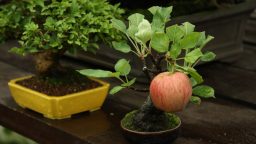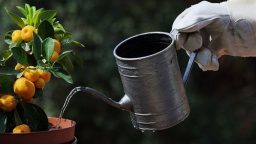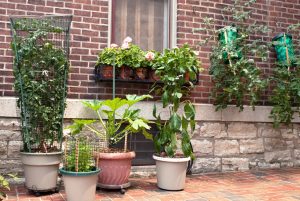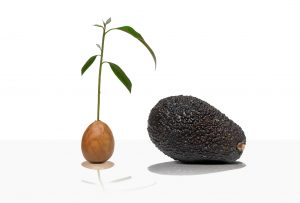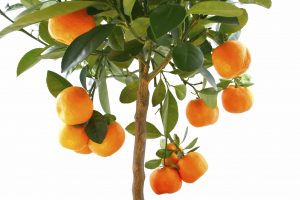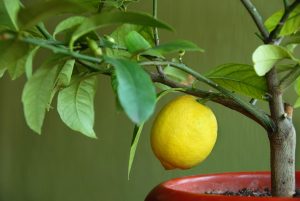Can You Grow Miniature Fruit Trees and Non-Native Plants?
Well, the short answer? Yes.
It is possible to grow just about anything on a homestead or even in an urban environment, with the right care and maintenance. And, if you are successful, you can provide yourself with your own rice, coffee, citrus fruit and more.
The main trick? Growing everything in planters and pots, essentially creating a mobile farm. During the summer they can be kept outside. When it turns cold you have a few options:
- Cover the plants with clear plastic to create mini-greenhouses
- Move them inside your home
- Move them into a greenhouse structure
If you have space, consider closing in a porch to create a sunroom/greenhouse. This will make it easy to keep an eye on your “babies” and make it less obvious to passers-by that you have this food source.
First, what is a Miniature Fruit Tree Anyway?
Before you begin picturing a tidy row of little trees that Mr. Miyagi would be proud of, you need to understand whatever you choose to cultivate is still going to be fairly substantial.
Depending on the variety, you are going to need space for anywhere from a 3-foot to a 10-foot tall tree. The key thing to remember though is no matter how small the tree is; the fruit will still be a normal size.
Before we get too far, you will probably be glad to know that NO genetic engineering is used to create mini fruit trees. Instead, it uses an age-old grafting technique, allowing the new tree to develop in a natural way. By grafting a branch from a fruit tree to a separate rootstock, the trees only grow as tall as the new root system lets them.
While you are taking all this in, here’s a list of potential fruit trees you could add to your property.
- Apple
- Pear
- Apricot
- Peach
- Nectarine
- Lime
- Lemon
- Grapefruit
- Orange
- Grapes
- Tangelos
- Almond
- Coffee
- Banana
- Cherry
- Fig
- Olive
Or, you can get really adventurous and get one of those new-fangled “fruit salad” trees that have three types of citrus trees grafted into one. While there is a part of me that considers this to just be so wrong, if it means you only have to care for one tree instead of three to get the variety you want, why not?
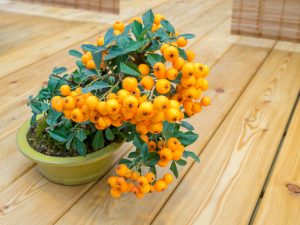
Non-Native Plants
Besides the standard lettuce, spinach, zucchini, carrots and other native veggies and grains we are accustomed to including in our gardens, have you considered others, such as rice, cotton, and peanuts, or beans? If you’ve done any research on long-term food storage options, you’ve probably seen rice come up on everyone’s list of suggestions.
You can produce rice in multiple containers to provide yourself with an excellent source of this long-term storage food. As with the mini-trees, your mini “rice paddies” will need to be moved indoors in winter, whether that’s in your home, or into a greenhouse.
If you live in a fairly temperate climate, you may not need to rely completely on containers to grown rice. If you have an area you can “flood” and make marshy, you may be able to grow an entire crop between frost cycles.
You CAN take it with You!
Another great advantage of cultivating mini fruit trees and planter foods, if you decide to move, you can take it all with you. Granted this would have to be during a carefully planned move, not a bug out scenario. But, if you find you are ready to try a new place, you can make arrangements for your “movable feast” instead of starting over from scratch.
